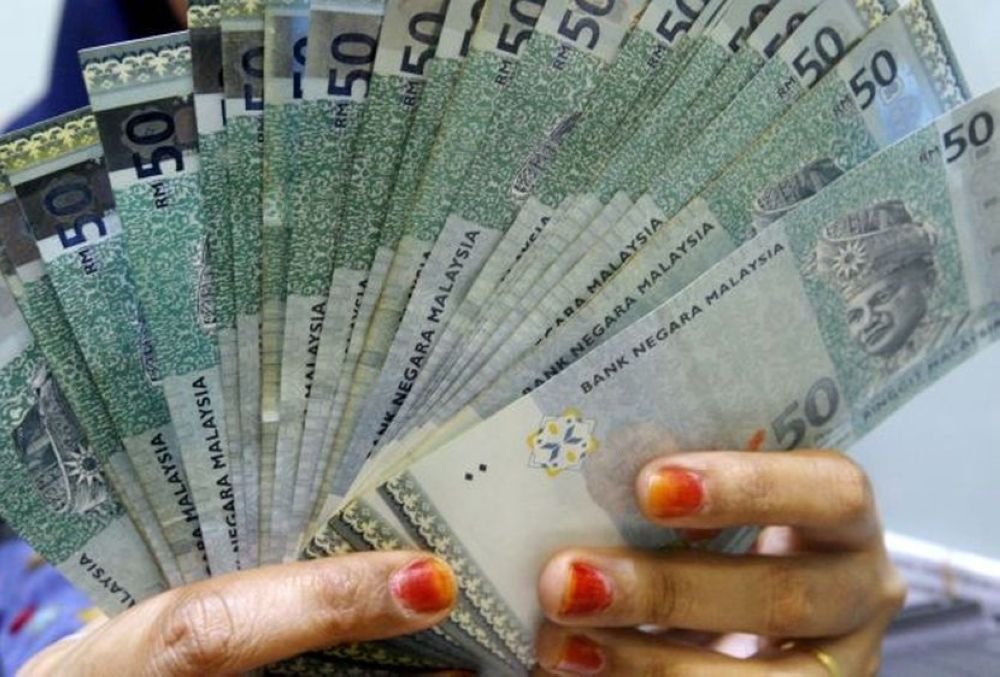As the Middle East and North Africa celebrates the beginning of Ramadan, it is experiencing a deepening food security crisis due to the combination of high food inflation and collapsing currencies.
This is affecting millions of people across the region, particularly those living in countries already facing conflict and instability, says the World Food Programme.
Food prices are skyrocketing and many countries in the region are dealing with crippling budget deficits, high levels of public debt, currency devaluation and dangerous levels of inflation.
Middle East food security
Five countries in the region have seen food inflation going beyond 60 percent just this year, with Lebanon and Syria facing triple-digit food inflation at 138 percent and 105 percent respectively.
In Iran, Turkey, and Egypt, annual food inflation is more than 61 percent, making it difficult for families to afford essential food items like bread, rice, and vegetables.
As national food production cannot satisfy domestic needs, heavy reliance on imports has exposed the region to fluctuations in global food prices, exacerbated by the war in Ukraine, as well as to supply chain disruptions caused most recently by the Covid-19 pandemic.
Arif Husain, WFP’s Chief Economist, said: “The region’s dependency on food imports means millions of people, particularly the poorest, are vulnerable when internal or external shocks push up food prices.
“The combination of high food inflation, collapsing currencies and stagnant incomes has left families unable to put food on the table.”
Global food prices remain at a 10-year high, despite a slight decline in recent months.
“These fluctuations will not dent domestic food inflation in countries facing a toxic combination of tumbling currency values and high inflation” said Husain.
According to February data, four out of 15 countries on WFP’s currency watch list are in the region.
In Lebanon, Egypt, Syria, and Iran, currencies have depreciated between 45 and 71 percent over the past 12 months alone.
Kenn Crossley, WFP Country Director and Representative in Syria, said: “In 2019, an average Syrian family earned enough to buy more than double what they needed every month for food.
“Right now, that same income, which has not gone up, can only buy a quarter of what a family need.”
At the same time, food production in the MENA region is curtailed by both conflict and a deepening climate crisis.
In Iraq and Syria, prolonged droughts and the effects of conflicts have reduced cultivated areas and cut food production. The region has been hit hard by the climate crisis, and is seeing prolonged droughts and heat waves, wildfires, flooding, erratic rainfall and landslides.
As the crisis continues, it is critical that governments, international organisations, and donor countries take action to address food security across the region, said the World Food Programme in a report.
This includes increasing funding for humanitarian assistance, supporting local farmers to boost food production, and addressing the underlying causes of conflict and instability in the region.
Corinne Fleischer, WFP Regional Director for the Middle East, North Africa and Eastern Europe, said: “Governments need to invest more in agriculture across the region where almost all countries are import-dependent.
“This is a long-term strategy that will not help the poor cope with price rises now but will pay dividends some years down the line.”
The number of food-insecure people across the region increased by 20 percent over the past three years – reaching more than 41 million people, compared to 2019.
In 2023, WFP is targeting nearly 35m people across the MENA with food and nutrition assistance and working to increase the resilience of the most vulnerable in the face of regional and global shocks.







